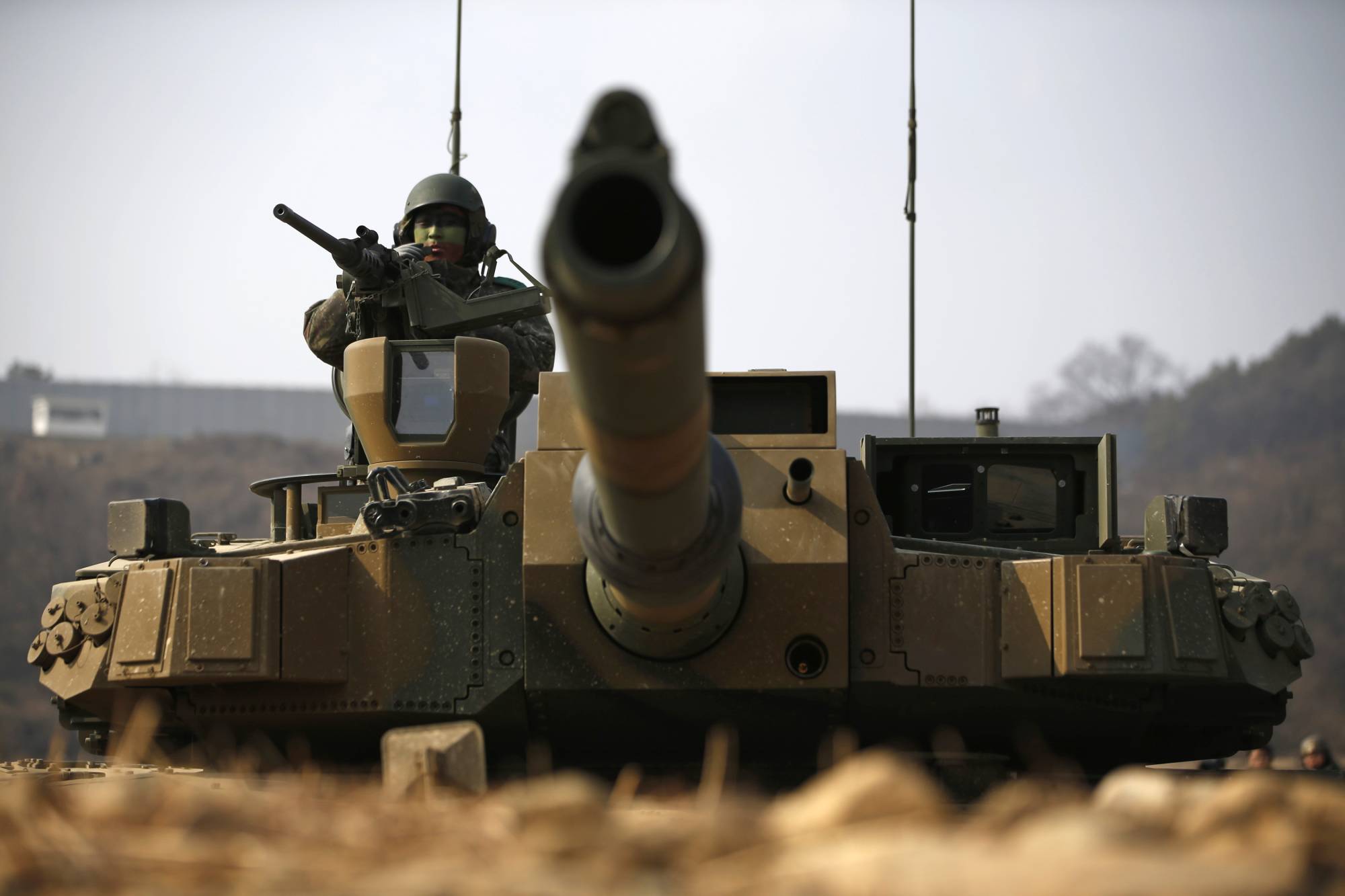Amid heightened concern over the war in neighboring Ukraine, Poland has joined a growing list of countries that have turned to South Korea to meet their critical defense needs, with Warsaw announcing a framework agreement to acquire light combat aircraft, tanks and artillery systems.
The arms deal with Poland, which includes 48 FA-50 light combat aircraft, 1,000 K2 Black Panther tanks, and 672 additional K9 Thunder self-propelled howitzers (SPHs), is by far the largest ever for South Korea’s growing defense industry, providing further evidence that Seoul’s efforts to promote and facilitate the sale of the country’s defense products are paying off.



















With your current subscription plan you can comment on stories. However, before writing your first comment, please create a display name in the Profile section of your subscriber account page.